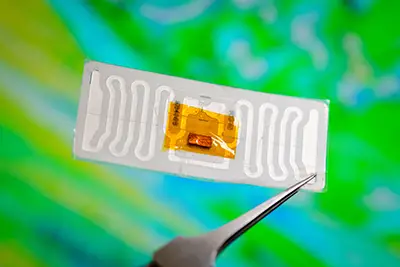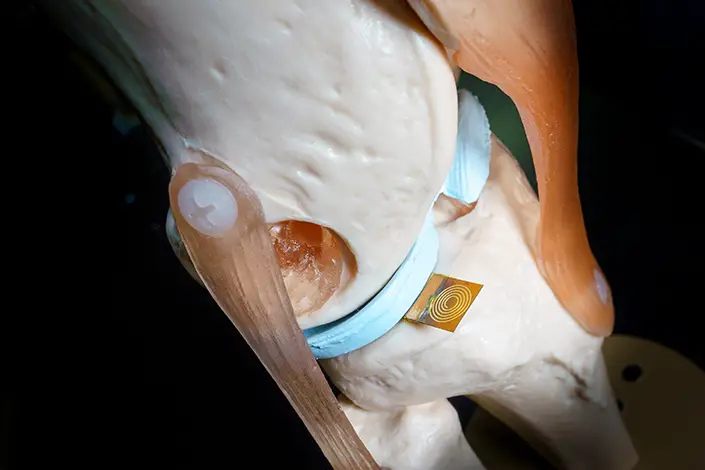
Engineers at the University of California, San Diego, have innovated electronic “stickers” designed to measure the force applied by one object to another. These wireless force stickers operate without batteries, allowing them to seamlessly integrate into confined spaces.
Their versatility spans various applications, including providing robots with a sense of touch, enhancing the immersive qualities of virtual and augmented reality, upgrading biomedical devices with increased intelligence, ensuring the safety of industrial equipment, and optimizing inventory management efficiency in warehouses.
Notably, in rigorous testing, these force stickers proved highly durable, enduring over 10,000 force applications while maintaining consistent accuracy. Furthermore, their cost-effectiveness stands out, with each sticker estimated to be less than $2, as highlighted by the researchers.
SEE ALSO:
- They build a wireless, battery-free underwater camera that runs on sound
- Li-Fi, a technology 100 times faster than Wi-Fi
How does it measure force wirelessly
These stickers works through a clever combination of two main components, tiny capacitors and RFID sticker.

Tiny Capacitor
To understand this phenomenon, imagine a thin film, just a few millimeters thick and about the size of a grain of rice, made of a special material that can store electrical charge. This is the key to measuring force.
When pressure is applied to the sticker, the capacitor’s shape changes slightly. This deformation alters its capacitance, the ability to store electrical charge and that’s how it calculates the force.
RFID Sticker
And this component acts like a wireless reader, similar to RFID tags used in retail. It emits radio waves towards the capacitor. As the pressure changes the capacitor’s shape, its capacitance also changes, affecting how it reflects the radio waves back to the RFID sticker.
By analyzing the reflected signal, the RFID sticker can decipher the amount of force being applied to the sticker, essentially translating the change in capacitance into a quantifiable force reading.
Where does wireless sticker get its power
The beauty of this system lies in its ability to operate without batteries. The RFID sticker harvests energy from the radio waves it emits, just enough to power its own circuitry and transmit the force data wirelessly.

While the technology is promising, it’s still under development. Research is ongoing to improve its accuracy, range, and durability.
However, the potential applications are vast, and this innovative technology holds the promise of changing how we interact with the world around us.



Comments